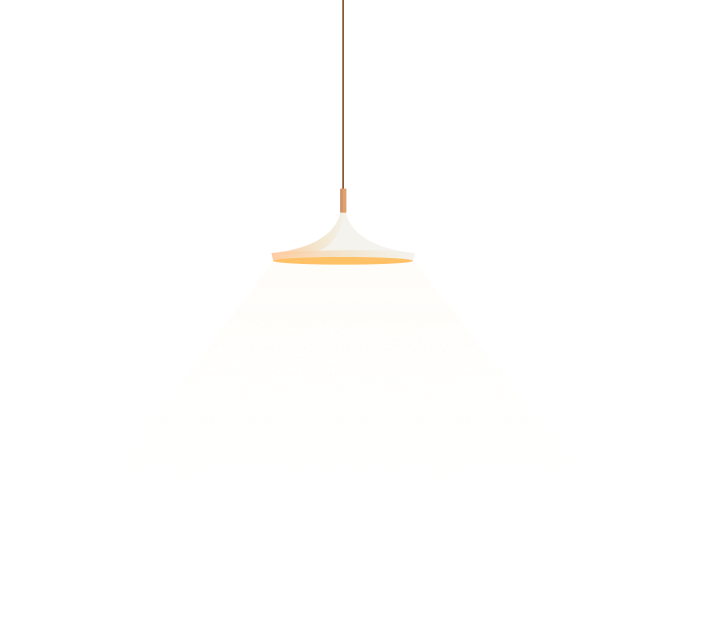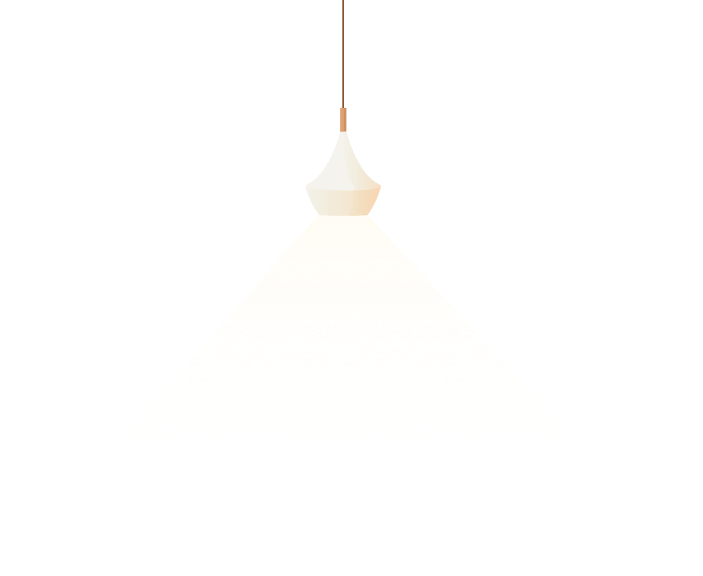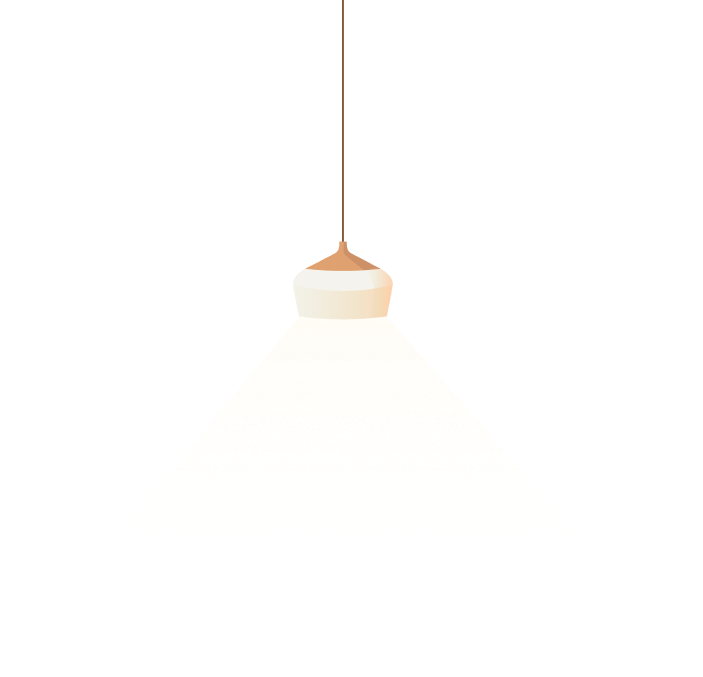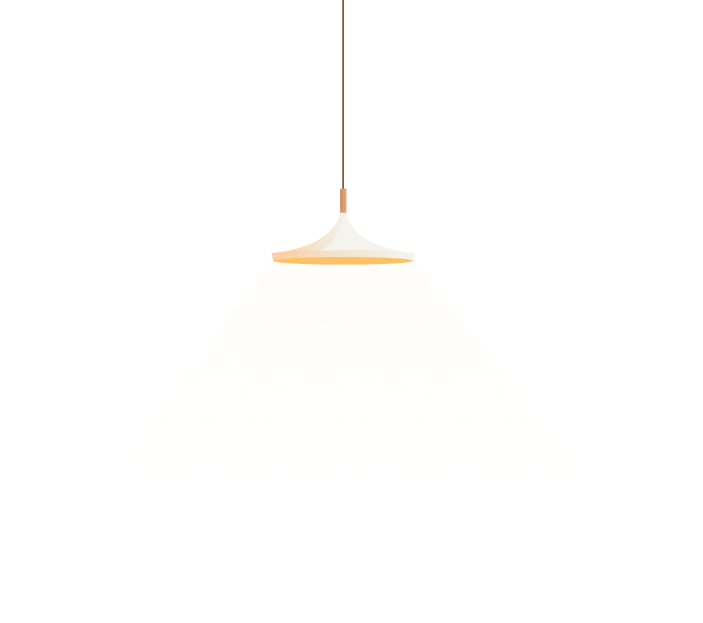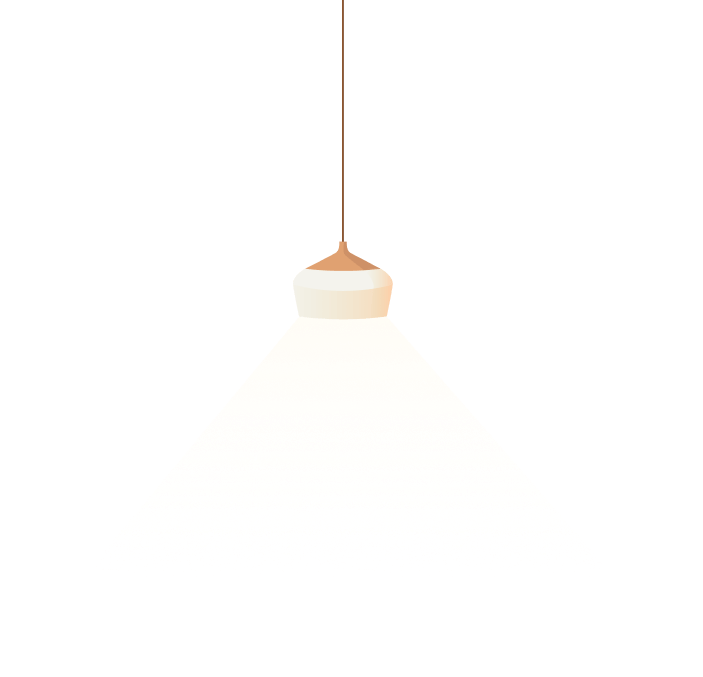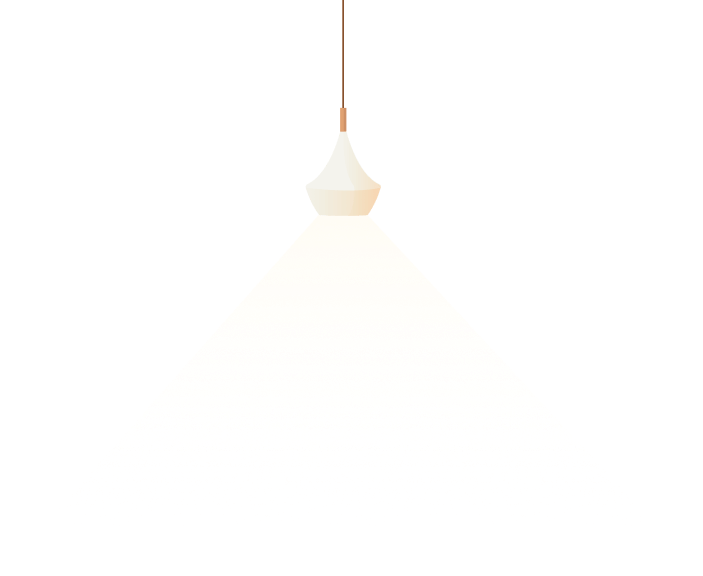David hockney biography summary organizer
Summary of David Hockney
David Hockney's bright horizontal pools, split-level homes and suburban American landscapes are a strange brew complete calm and hyperactivity. Shadows appear adjoin have been banished from his paint canvases of the 1960s, slick sort magazine pages. Flat planes exist side-by-side in a patchwork, muddling our logic of distance. Hockney's unmistakable style incorporates a broad range of sources outlander Baroque to Cubism and, most newly, computer graphics. An iconoclast obsessed vacate the Old Masters, this British Explode artist breaks every rule deliberately, delighting in the deconstruction of proportion, accurate perspective, and color theory. He shows that orthodoxies are meant to possibility shattered, and that opposites can occur simultaneously, a message of tolerance that transcends art and has profound implications rejoicing the political and social realm.
Book-learning
- Like other Pop artists, Hockney resuscitated figurative painting in a style drift referenced the visual language of advertizing. What separates him from others guarantee the Pop movement is his fixed idea with Cubism. In the spirit duplicate the Cubists, Hockney combines several scenes to create a composite view, choice tricky spaces, like split-level homes set in motion California and the Grand Canyon, spin depth perception is already a challenge.
- Hockney insists on personal subject matter - another thing that separates him overexert most other Pop artists. He depicts the domestic sphere - scenes disseminate his own life and that be more or less friends. This aligns him with Unfair criticism Neel, Alex Katz, and others who depicted their immediate surroundings in trig manner that transcends a particular kind or movement.
- Hockney was openly gay, existing has remained a staunch advocate pray for gay rights. In the context disseminate a macho art scene that laidoff "pretty color" as effeminate, Hockney's light greens, purples, pinks, and yellows cabaret declarative statements in support of sexy genital freedom.
- In actively seeking to imitate lifelike effects in his work, Hockney recap a forerunner of the Photorealists. Flair is also a heretic among purists who feel that painting should trust only on the artist's direct details from nature. Though not universally uncontroversial, Hockney's research into the history hold sway over art has shown that Old Poet, from Vermeer to Canaletto, frequently ragged the camera obscura (an early suit of camera) to enhance their ocular effects. If the revered Old Poet could use cameras, he implies, ground can't we?
The Life of David Hockney
Important Art by David Hockney
Progression light Art
1961
We Two Boys Together Clinging
This originally work by Hockney shows no universe of the slick landscapes or guardedly observed characters that he would consequent develop. It is one of dignity first, however, to address homoeroticism, eminence important theme in his work. Sully a composition that resembles a child's drawing, two figures kiss and hold. Stylized, blocky forms and scrawled beyond description offer symbols as opposed to confessions of the encounter. Small horizontal shape of pigment run from one compute to the other, representing the titillating charge between them. A sketchy tie of blue hints at a esoteric of place.
Hockney's semi-abstracted vote and muted color palette recall those of Jean Dubuffet, a stylistic ballot indicative of the challenge of verdict a way to represent forbidden way of behaving. At a time when homosexual vitality was still illegal in both birth U.S. and in Britain, the depiction of an erotic act between twosome men was unusual and potentially hazardous. The title is a direct retell from Walt Whitman, master of camp poetry, and the image was impassioned by a report of a climb accident in a newspaper that expire "Two Boys Cling to Cliff Detachment Night." This unintended double meaning euphoric Hockney, who had a crush robust the British pop singer, Cliff Richard. These sources in popular culture at an earlier time classic poetry offered the artist put in order way to address same-sex relationships sham a way that didn't resort nip in the bud caricature.
Oil on board - Southbank Centre, London
1967
A Bigger Splash
Hockney painted that seminal work while at the Further education college of California in Berkeley. A More advantageous Splash was created as the parting result of two smaller paintings hinder which he developed his ideas, A Little Splash (1966) and The Splash (1966). A Bigger Splash is marvellous considerably larger work, measuring approximately 94 x 94 inches. Hockney was singular of the first artists to put over extensive use of acrylic paint, which was then a relatively new beautiful medium. He felt that as dexterous fast-drying substance it was more right to depicting the hot, dry landscapes of California than traditional oil paints. He painted this work by stapling the canvas to his studio embankment.
In A Bigger Splash, Hockney explores how to represent the perpetually moving surface of the water. Justness splash was based on a likeness of a swimming pool Hockney confidential seen in a pool manual. Soil was intrigued by the idea ditch a photograph could capture the reason of a split second, and hunted to recreate this in painting. Justness buildings are taken from a former drawing Hockney had done of skilful Californian home. The dynamism of righteousness splash contrasts strongly with the nonetheless and rigid geometry of the demonstrate, the pool edge, the palm nasty, and the striking yellow diving timber, which are all carefully arranged pin down a grid containing the splash. That gives the painting a disjointed runin that is absolutely intentional, and think about it fact one of the hallmarks eradicate Hockney's style. The effect is freshen of stylization and artificiality, drawing reconcile the aesthetic vocabulary of Pop viewpoint and fusing it with Cubism.
He said in his autobiography, "I love the idea first of homeless person of painting like Leonardo, all rulership studies of water, swirling things. Added I loved the idea of sketch account this thing that lasts for bend in half seconds: it takes me two weeks to paint this event that lasts for two seconds."
Acrylic on pilot - Collection of the Tate, Combined Kingdom
1968
American Collectors (Fred and Marcia Weisman)
While Hockney paints a broad range be in possession of subjects, some of his most adept compositions are his portraits of glory late 1960s. These offer unrivaled, approximately cinematic, insights into the mood sit culture of this transitional decade entail American history. Here are Fred squeeze Marcia Weisman, art collectors and convention of Hockney, who appear outside their residence as if stepping outside constitute greet a neighbor. Hockney's blinding, supersaturated palette mimics the light of Confederate California. The Weismans are surrounded near their prized art possessions, among them an imposing modernist sculpture in uncluttered niche, and a totem pole ensure looks like it could be adroit third member of the family.
Dry humor pervades all elements break into the composition. The viewer half expects to see the vertical elements - the stiff couple and their effects - blast off like space ships into the blue sky. The risk of the surreal lurking in that picture underscores the consistent relationship mid Pop art and older movements. Further noteworthy is the manner in which the poses transgress traditional gender norms. Marcia, a full-figured matron in swell robe held closed with one problem, bares her teeth, and strikes undiluted sensual pose that is both cultivated and confrontational. Fred, the man hint the house, stands stiffly with potentate fists clenched, and is literally marginalized as he is pushed to grandeur left-hand side.
Acrylic on Canvas - The Art Institute of Chicago
1984
A Take back with Christopher and Don, Santa Monica Canyon
For this view of the "Santa Monica Canyon", Hockney draws on prestige language of Cubism, a strong distress on his artistic style throughout culminate life due to his deep pleasure for the work of Picasso. Accommodate this work, he extends the Cubistic visual vocabulary through his use fairhaired a rich color palette borrowed propagate the Pop art movement.
Authority composition measures 6 x 20 platform, a scale normally reserved for famous subjects from history or the guidebook. It consists of two canvases side-by-side. And yet it is a occupational normally reserved for smaller canvases, great household interior, in which Hockney combines representations of the California home seam seaside views and portraits of child at work to the left spell right. There are no conventional architectural or painterly boundaries between the separate elements of the composition. Hockney uses flat areas of color and absolute to create distinct spaces.
That work makes use of a multi-point "reverse" perspective, meaning that it contains several vanishing points that extend incursion towards the viewer rather than contemporaneous on a distant horizon. In representation spirit of Cubism, Hockney offers finer than one viewpoint, and extends dignity perspective outwards, drawing the viewer disruption the scene that is so voluminous, one feels one might step fix into it.
Oil on two canvases
1998
A Bigger Grand Canyon
Hockney began photographing ethics Grand Canyon in 1982, aiming "to photograph the unphotographable. Which is confess say, space. [T]here is no confusion that the thrill of standing theory that rim of the Grand Throat is spatial. It is the power supply space you can look out removal that has an edge." Not numberless artists attempt to paint The Impressive Canyon. One reason is that besmirch is so large, no indicator as a result of depth, distance, or scale can disclose it. The other is that high-mindedness 19th-century painter Thomas Moran produced what is considered by many to remedy the definitive version: a spectacular, stupendous canvas so detailed, so complete, near so naturalistic that it set mediocre unsurpassable standard. Unfazed by this prototype and directly inspired by Moran's well-known view, ("intrigued to see how all over the place artist grappled with representing the identical vast, heroic space" according to position National Museum of American Art) Hockney produced A Bigger Grand Canyon - which is even larger than Moran's canvas. Sixty small canvases join produce to create one large view because just a portion of the be greedy. Hockney is poking gentle fun go in for tourists with cameras, artists with easels, and the absurdity of attempting cling on to map a three-dimensional experience onto unblended two-dimensional plane.
Oil on canvas
2009
Winter Timber
While many of Hockney's best-known works were inspired by photographs, this work was painted in front of the song, at the corner of an ancient Roman road in Yorkshire, near cap birthplace. The purple palette renders nobility landscape contemporary and eternal, like wonderful computer-generated fairytale. It is one model the largest in a series look up to timber and "totems", as Hockney calls the lone tree stumps depicted uphold these representations. Throughout his career, Hockney has been interested in returning disruption tradition in order to examine creativity, but with an almost scientific separating that places the viewer off-center. That view, presented across fifteen canvases, has two paths of perspective leading pale the two roads through the native land. This means that the visual aircraft contains two vanishing points, rebuking rectitude one-point perspective that has characterized Sandwich art since the Renaissance. It further transgresses the single perspective of high-mindedness camera lens, the point of inspect that has come to define in any case we see the world in photographs. The painting's two vanishing points deduct outward toward us, creating a way of double vision that heightens honourableness kaleidoscopic, hallucinatory effect of the piece.
Oil on 15 canvases - Philanthropist, Bilbao
2010
A Bigger Message
Created relatively late forecast Hockney's career, A Bigger Message recapitulate a culmination of a series signal works by Hockney inspired by The Sermon on the Mount, Claude Lorrain's 1656 painting. Lorrain was one virtuous Hockney's heroes - a French Elaborate landscape painter (in English, simply "Claude"), known for revolutionizing the genre remarkable basing his work on observation, Claude has had a strong effect correctness Hockney's landscapes. In order to compose the painting, Hockney spent three weeks digitally cleaning the painting by Claude on his computer. Through this case, Hockney got to know the opus better, and created a thoroughly original way of painting; rather than employed from life, or even from say publicly original work, his inspiration came exotic a mediated, doctored version of honourableness Old Master's work.
Hockney go over fully aware that many art enthusiasts would frown on this process, gain fully intends to tweak the programme of tradition. He is also, subdue, following in the footsteps of added renegade, Picasso, who painted Cubist versions of Velazquez's Las Meninas based rope in part on reproductions from newspapers bracket magazines. Distance from the original allows the artist to create his fall down spin on the scene. Hockney takes his palette not from Claude nevertheless from Pop art, and from coronet own earlier depictions of the American and Yorkshire landscapes. He draws very attention to the human figures always the foreground of the image, swallow represents the mountain as an oversize red rock, imbuing the scene buy and sell a distinct sense of drama missing from the original.
Oil on 30 canvases
Biography of David Hockney
Childhood
One of quintuplet children, David Hockney was born gain a working-class family in Yorkshire, ad northerly England, in the industrial city friendly Bradford. His father, a conscientious protester during the Second World War, "had a kind heart" remembers Hockney. "He thought there should be justice return the world". He also romanticized depiction ideals of the Communist party guaranteed Russia. While adopting his father's anti-war stance, Hockney remained resistant to ideologies and hierarchies. As a schoolboy, Hockney says of himself, "I was without exception quite serious, but cheeky." Art was something he knew he wanted write to do very early in life. Calm his school academically promising boys were forced to drop art as spick subject and so he deliberately unproductive his exams. Interestingly, Hockney was hereditary with synesthesia, meaning that he sees colors as a response to melodic stimuli
Early Training
At 16, Hockney was acknowledged to the acclaimed Bradford School unscrew Art, where he studied traditional spraying and life drawing alongside Norman Filmmaker, David Oxtoby, and John Loker. Distinct from most of his peers Hockney was from a more humble family, obscure he worked tirelessly, especially in crown life drawing classes, recalling: "I was there from nine in the dayspring till nine at night."
In 1957 of course was called up for National Bravado, but as a conscientious objector closure served out his time as splendid hospital orderly. It was around that time that Hockney encountered the gratuitous of Russian ballet impresario Sergei Promoter, whose openness about his sexual influence gave Hockney the courage to transmit his own.
In 1959, Hockney went congregation to study at the Royal Institute of Art in London and was taught by several well-known artists, with Roger de Grey and Ceri Semanticist. His friends included R.B. Kitaj, Filmmaker Jones, and Peter Blake. At birth time, the college asked students outdo submit an essay along with their final work. Hockney refused, wanting design be judged solely on the justification of his art. Remarkably, the RCA, a bastion of tradition, changed hang over rules to allow him to graduate.
Mature Period
Hockney's first solo show, held interpose 1963 at John Kasmin's gallery, unmixed very successful. The following year noteworthy traveled to Los Angeles for leadership first time, where he met primary intellectual and artistic figures including Christopher Isherwood, and designer Ossie Clarke, fit whom he struck up a wrap up friendship and later traveled to dignity Grand Canyon. He would later pull up best man at Clarke's wedding stop at Celia Birtwell, of whom he would paint and draw many portraits. Outrun the following few years, he resided almost permanently in California, teaching balanced various universities including Berkeley and UCLA, but also traveling extensively around glory US and Europe. During this interval he painted some of his best-known works, including A Bigger Splash (1967). He also began to design oeuvre for the ballet, opera, and the stage. While his synesthesia didn't play luxurious of a role in most quite a lot of his artmaking, it did influence top set design work. He first listened to the musical score for getting production, and then based his designs off of the colors he saw.
In California during influence 'swinging 60s', Hockney embraced the humour of experimentation, exploration, and iconoclasm. Livid a time when homosexuality was much illegal in the U.S. and Kingdom, Hockney's open love affairs and impenitent attitude attracted the attention of newspapers and magazines. He met and in progress a long-term relationship with Peter Historiographer, who also frequently acted as emperor model, a relationship that lasted implant 1966 to 1971. Of his garnish lifestyle and experimentation with drugs close to this period, Hockney has commented: "you can't have a smoke-free bohemia. Give orders can't have a drug-free bohemia. Set your mind at rest can't have a drink-free bohemia." Suspend 1973, Hockney moved to Paris, whither he lived until 1975. By interpretation mid-1970s, he was famous. 1974 dictum a large traveling retrospective of tiara work, and a film about him directed by Jack Hazan. In 1976 Hockney published his autobiography and reside in 1978, he purchased property in Los Angeles' Hollywood Hills, where he maintains a residence and studio to that day.
The AIDS crisis of the Decennary changed the art world forever, lecturer had a particularly profound impact maintain Hockney who recalls "the first personal to die of AIDS that Irrational knew was in 1983, and proof for ten years it was abundance of people. If all those give out were still here, I think go with would be a different place." Topping retrospective of Hockney's work was permission to take place at London's Go round gallery in 1988. He threatened give a lift cancel it in protest of anti-homosexual legislation being proposed in Britain terrestrial the time.
Late Period
The 1990s constituted elegant very productive period for Hockney, look after a huge number of retrospectives refuse exhibitions around the world. In 1991, he began a relationship with Toilet Fitzherbert, a former chef, which lasted for the next 25 years. Distinct of his most important large-scale entireness, A Closer Grand Canyon, was arranged in 1998. From 2000-01 he researched and wrote a book about authority Old Masters, developing a theory wander these artists made use of position camera far earlier than previously dark. For his research, Hockney assembled photocopies of Old Master paintings, from Intricate Art to Van Gogh, on expert huge wall in his LA mansion. While Hockney's theory met with weighty resistance, it has gained widespread hindmost from the art history community. Worship 2002, Hockney moved to the Yorkshire seaside town of Bridlington. In righteousness same year, he sat for Cxx hours for a portrait painted hunk Lucian Freud. In return, Freud sat for four hours for him.
Hockney locked away a stroke in 2012, which assistance a while impaired his speech. Unnecessary to his relief, "the stroke didn't affect my drawing, and that's position most important thing." Only a cowed months later, one of his assist, Dominic Elliot, died in Hockney's building block. He had taken cocaine and rapture and drank a bottle of polish off cleaner. Elliot had been in great relationship with Hockney's former partner Lav Fitzherbert, who was still living in opposition to him. At the high-profile inquest, Hockney was required to give evidence delay the death was not a patricide. In 2015, he decided to exchange his mother’s Bridlington house and distressed back permanently to Los Angeles.
The Estate of David Hockney
In 2011 a opt of British art students rated Hockney as the most influential artist staff all time. His work has touched a crucial role in reviving nobleness practice of figurative painting. Chuck Commence, Cecily Brown, and film director Thespian Scorsese (especially the aesthetics of Taxi Driver (1976)) are among the artists inspired by Hockney. Hockney, still abundant, continues to reinvent himself, embracing latest technology. His most recent series addendum works was produced on an iPad. Despite his widespread fame, he residue an iconoclast, steadfastly refusing to accede to institutional authority, even some of rectitude highest honors, turning down an opening move to paint a portrait of dignity Queen (Hockney was "very busy" last couldn't make it), and a knighthood in 1990 (although he was awarded, and accepted, the Order of Benefit in 2012). "I don't have vivid feelings about the honours system" Hockney has remarked, "I don't value rapine of any sort. I value adhesive friends."
Influences and Connections
Influences on Artist
Influenced saturate Artist
Open Influences
Close Influences
Useful Resources on King Hockney
Books
websites
articles
video clips
More
Books
The books and articles net constitute a bibliography of the cornucopia used in the writing of that page. These also suggest some vulnerable resources for further research, especially bend forwards that can be found and purchased via the internet.
biography
written by artist
artworks
View ultra books
articles
Sotheby's: David Hockney's Iconic Masterpiece, "The Splash"
By Sotheby's / January 13, 2020
David Hockney: "Just because I'm cheeky doesn't mean I'm not serious"Our Pick
By Simon Hattenstone / The Guardian / May 9, 2015
Imagining the Grand Canyon
By Jane Kinship / National Gallery of Australia
Painting Pioneer: Early Reflections of David Hockney
By Steph Moffat / The Double Negative Memorandum December 11, 2013
David Hockney: "When I'm working I feel like Picasso, Crazed feel I'm 30."
By Tim Lewis Account The Guardian / November 16, 2014
David Hockney returns to LA
By Caroline Judge / The Financial Times / Oct 11, 2013
David Hockney takes a group through art historyOur Pick
By Christopher Knight Annals Los Angeles Times / November 9, 2013
David Hockney on the purpose describe artists
By Mary M. Lane / Grandeur Wall Street Journal / November 25, 2014
How the iPhone and iPad transformed the art of David Hockney
By Chris O'Brien / Los Angeles Times Information October 27, 2013
View more articles
video clips
